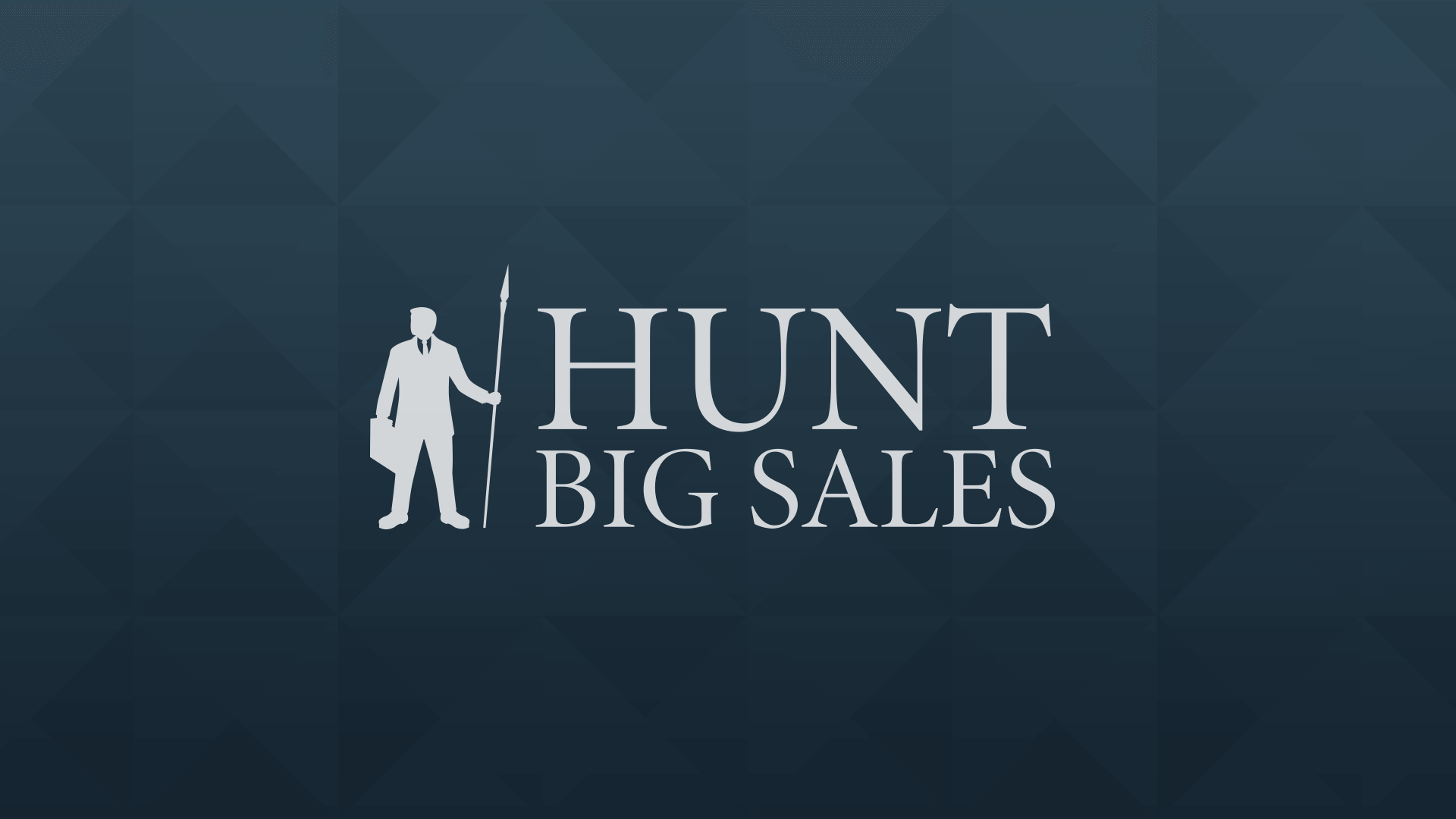Referrals, references, connections, networking, social media: they’re all about access and leverage. You get access to the people who make things happen and are able to leverage these relationships.
I want to focus on the second part: Leverage. How do you get the most leverage during the sales process from your past successful client relationships? If you have read my materials, you know that your prospects have to overcome their fears and concerns in buying from a small company before they buy from you and not from a better-known, bigger company. References can be a tremendous asset in getting a buyer to overcome that fear, or they can be perceived as worthless commentary delivered by your buddies. So, how do you get the most out of your best client relationships?
A couple of techniques for high-impact leveraging of your references:
1. Timing is Everything. When do you need the key confirming reference? Is it after the decision has been made to work with you or your company? Is it during their due diligence on finalists? NO! You need that confirming reference early in the process to differentiate your company and accelerate the buyer’s choice.
Here is the key: Early in the process, I ask the president of a company with whom I already work to call the president of the company to whom I am selling and endorse us. The first president usually connects to the voicemail of the other president, and that’s okay. He or she leaves this type of message:
“Hi, this John Smith, President of XY Industries, a $50 million maker of widgets. I understand you are talking to Tom Searcy of Hunt Big Sales. I wanted to let you know that we have been using Tom for over a year with his Accelerator series and we have landed a number of our biggest deals ever, including a $6 million per year account with Alpha company. They have been great and the process has been transformational for us. I’d be happy to talk with you if you would like. My number is 317.555.1212. Good luck with your business and your process with Tom.”
It’s a 30-second commercial. It works better than a case study or letter by a large margin. My prospect company sometimes calls back, sometimes they don’t. It doesn’t matter. The message was delivered early in the process and my next conversation with the prospect has usually moved from “if” we work together to “how” we will work together.
If the president of the company on both sides is the wrong level, fine. Use the highest and best level of position on both sides and then follow the same process.
2. In the Pitch. One of my favorite techniques in a closing presentation is the use of my referral in the room. Now, as much as I would like to ask my best clients to get on planes and come present for me, I have not yet asked them to do it. Instead, I block a 15 minute section in my presentation for them to present. We then call my client referral from the presentation room on speaker phone and ask them to help us with any questions that the group might have and to provide an overview of their experience working with us. Often times, I will guide this last request with a focus on what I believe to be the biggest concern of my prospect, such as “If you would, please describe what the cutover process was like from your past provider to the work that we did together.”
This approach is as powerful as it sounds. The last time I did this, my referral client, a president of a good-sized company, stayed on the phone for 45 minutes answering questions, joking about common business problems and then the two company presidents exchanged phone numbers to follow up on other business ideas later. As the presentation was wrapping up, I received call after call on my cell phone (on vibrate!). When I got to the car and listened to the messages, it was the president of the referral company calling to check and see if “we” got the deal. People love to be on a winning team, your winning team, and if they are a happy client of yours, they want to see you win.
3. On the screen. The video testimonial is being used more and more all of the time. You can watch a hundred examples of these types of testimonials on YouTube™ or on company websites, so I won’t take too much time on this, but I will say that you need to go for authentic and casual as a feeling. Many of these feel like hygiene films from your middle-school health class. Just as bad is the close-shot, 60 Minutes style interrogation. If you can get the person to smile, laugh, tell a real anecdote and edit the whole thing into less than 90 second bits, you will have a very good endorsement you can use repeatedly.
4. Case Study or Letter. These are still solid tools, but they pale in comparison to the others. Simple guidelines:
- Brevity – a single page in either case.
- Outcomes – focus on the specific results that are time, money and risk.
- Life-cycle – give a sense of before, during and after for a sense of not only what was achieved, but what steps and how long it took.
My experience has been that if you use all of these strategies you have the greatest chance of winning. That’s right. On your biggest deals, have a client call the decision-maker. Use another one for the in-pitch participation. Include your case studies and letters and of course you will already have the videos.
Is it too much? Not for your biggest deals. You can’t guess the mythical ideal of “as much as necessary and as little as possible.” So don’t. Win with overwhelming force.
